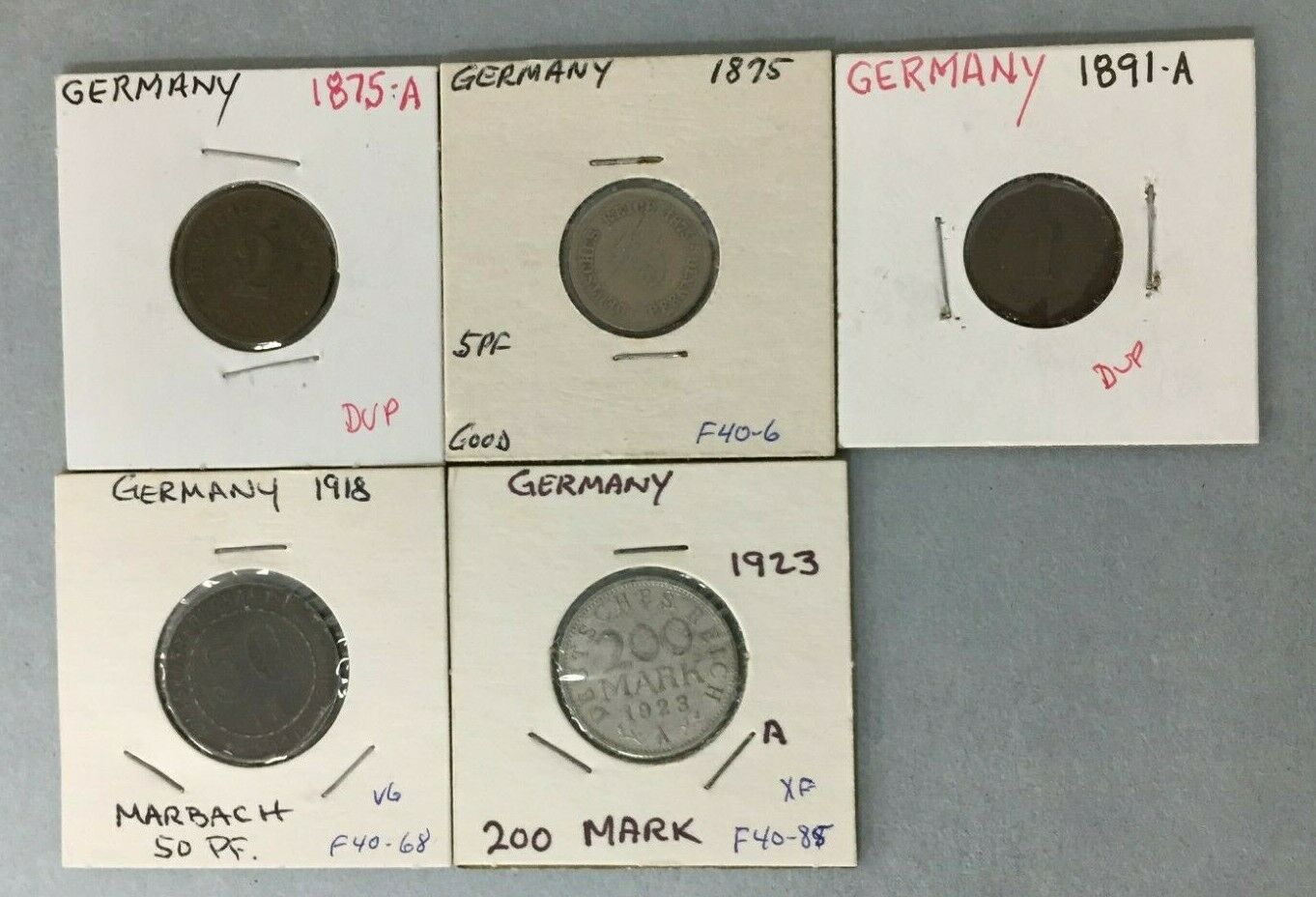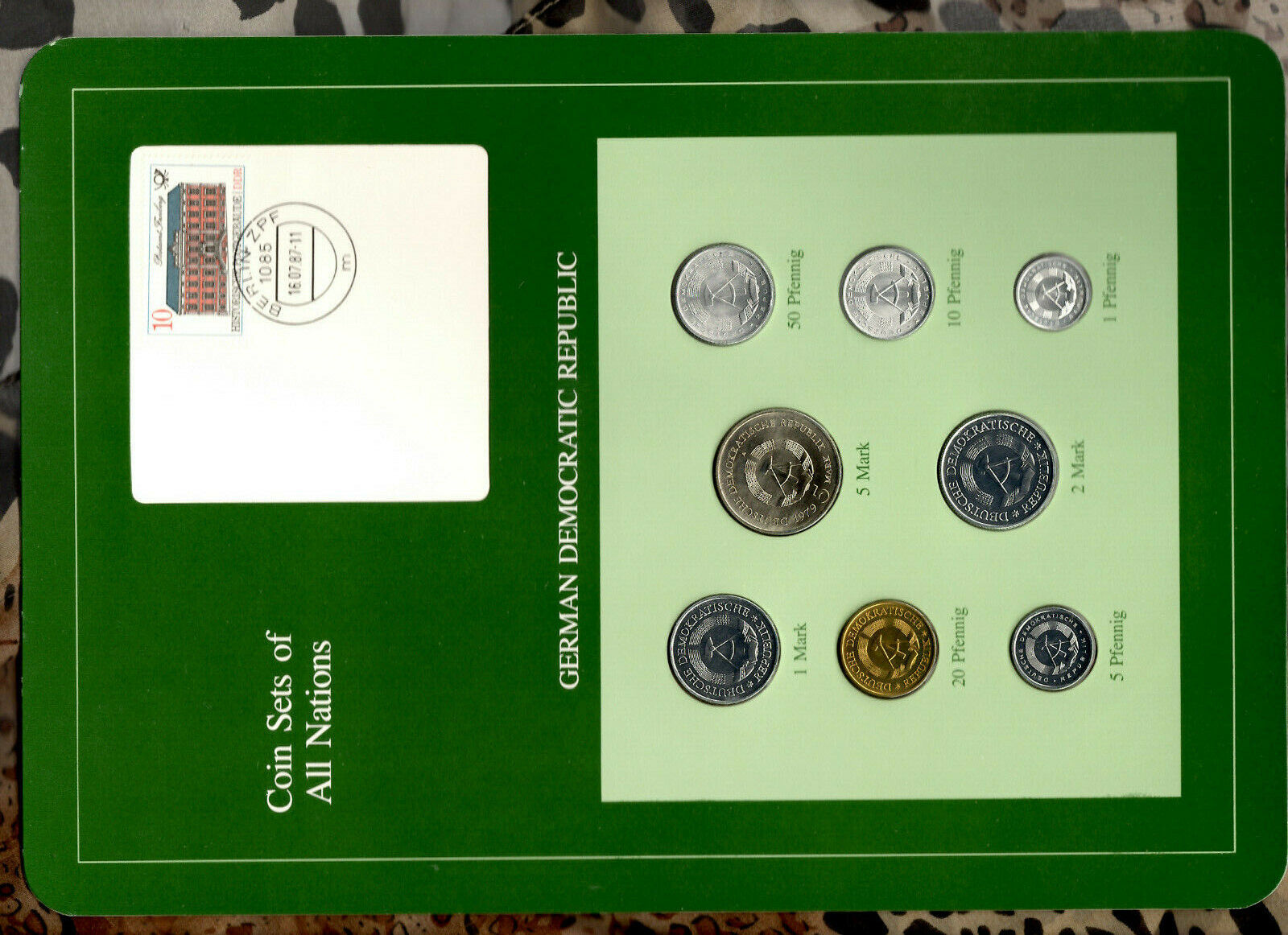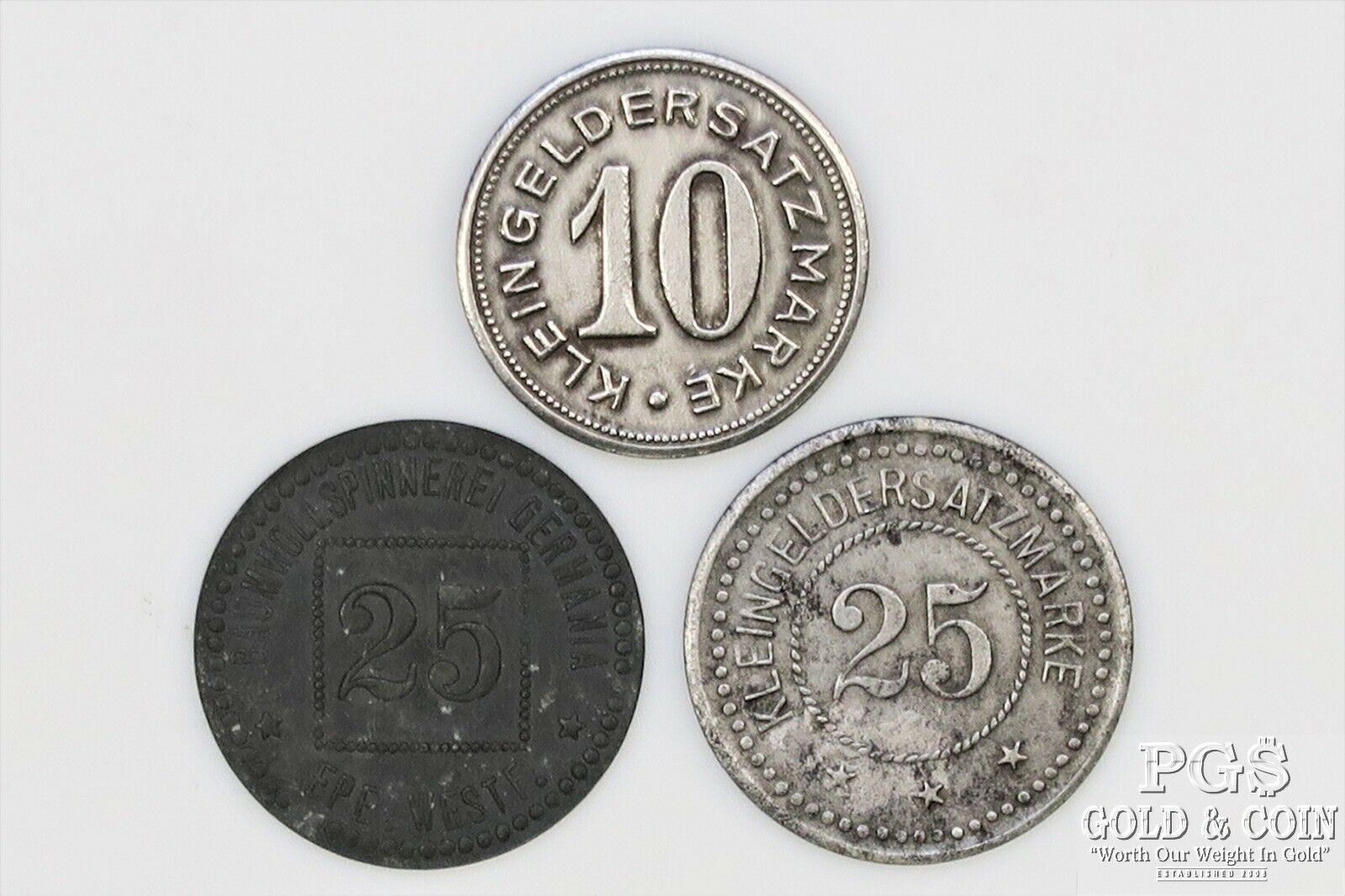-40%
SPIEL MARKE - FROM GERMANY
$ 13.7
- Description
- Size Guide
Description
This is a Spiel Marke from Germany in the late 19th or early 20th century. Great collectible. Imagine adding this to your Monopoly Set.Jim D. writes:
We have a coin, which we think is German. It has no date or mint mark. On one side it has the head of a long curly haired woman with a sort of crown or tiera on her head. The other side has a wreath of leaves and the words SPIEL MARKE. The word SPIEL is above the word MARKE. Can you please identify this coin for us. Thank You.
The coin you have says it is Spiel=play marke=money. Spiel markes were counters or game pieces. They often imitate contemporary coins but leave out the correct legends or denomination to avoid the accusation of counterfeiting. The commercial tokens were NOT used to teach Roman Numerals but to do simple math on a chart that worked similarly to an abacus. Roman numerals were the prevailing number system deep into the 19th century and many European shopkeepers could not do simple math with Arabic numerals.
Actually these tokens were used in a variety of ways. Many people don’t realize that children were still being taught Roman numerals and not arabic numerals in school. (Try multiplying XVII x IV). Since numbers were an enigma to many pre-20th century Europeans, a device on a piece of cloth served as a kind of abacus and instead of beads they used Spiel Markes (In France they were called Jetons). This technique of adding up merchandise and making change was used for at least a couple of hundred years.
Spiel Markes were popular with children as play money. The tokens also became a popular advertising vehicle and were often included political messages. Spiel Markes or similar tokens became substitutes for small change in many countries, including in the United States, during periods of economic chaos.
As best as I can tell the following is around the obverse:
Wilhelm II Deutscher Kaiser Xonig Vor Kreussen










